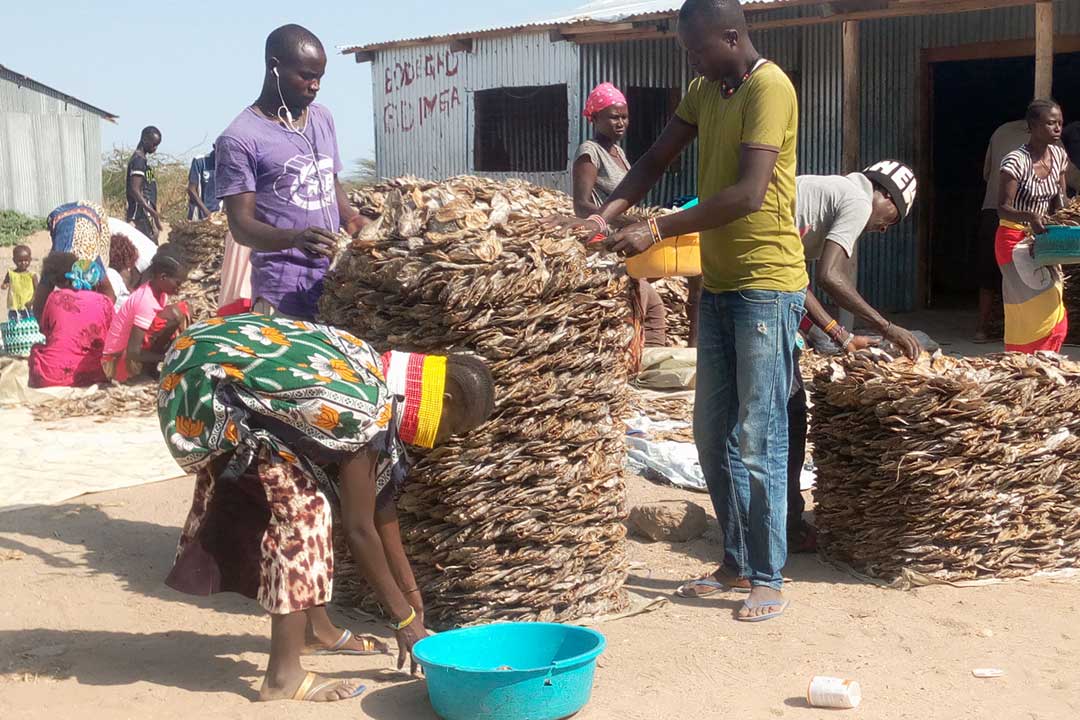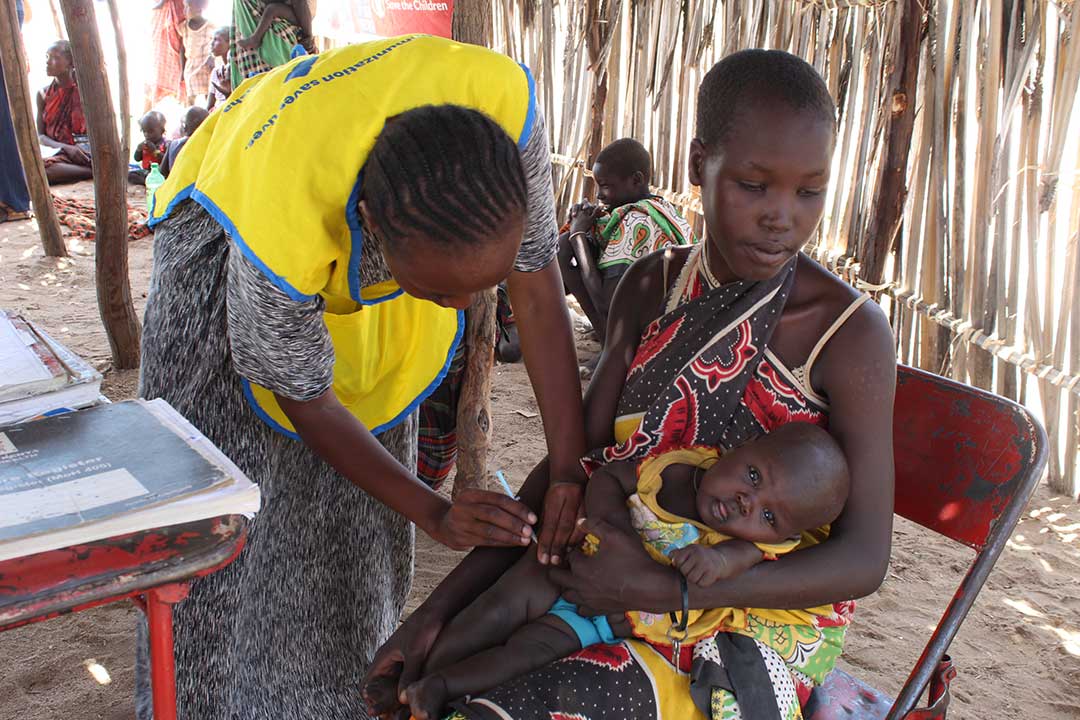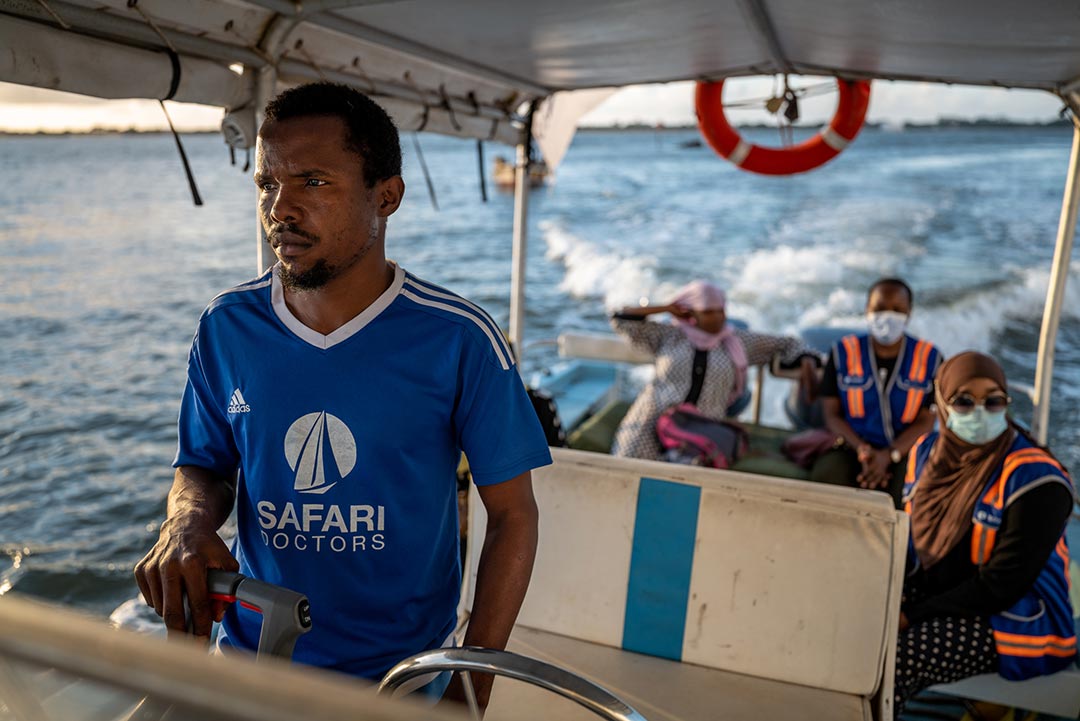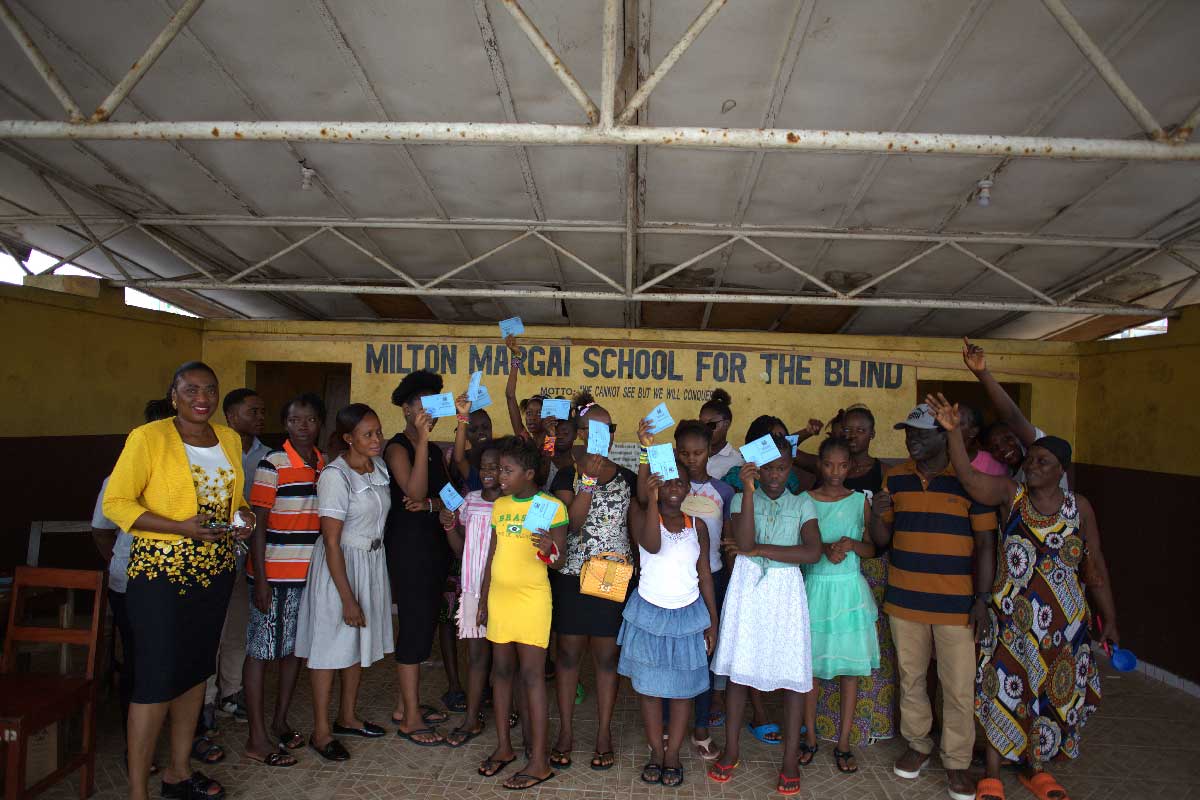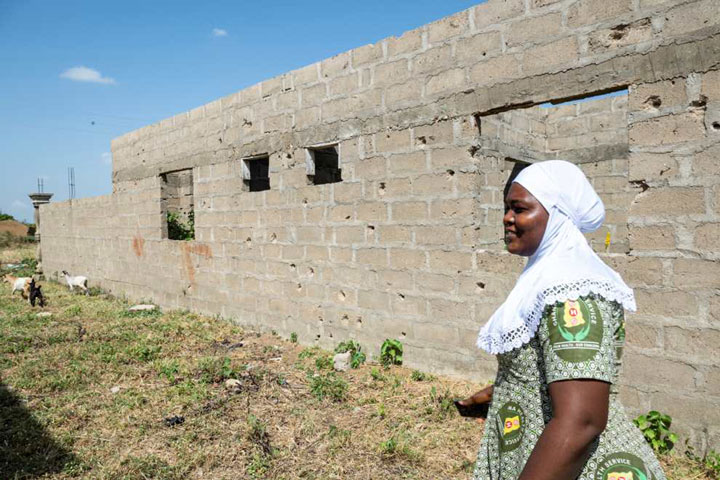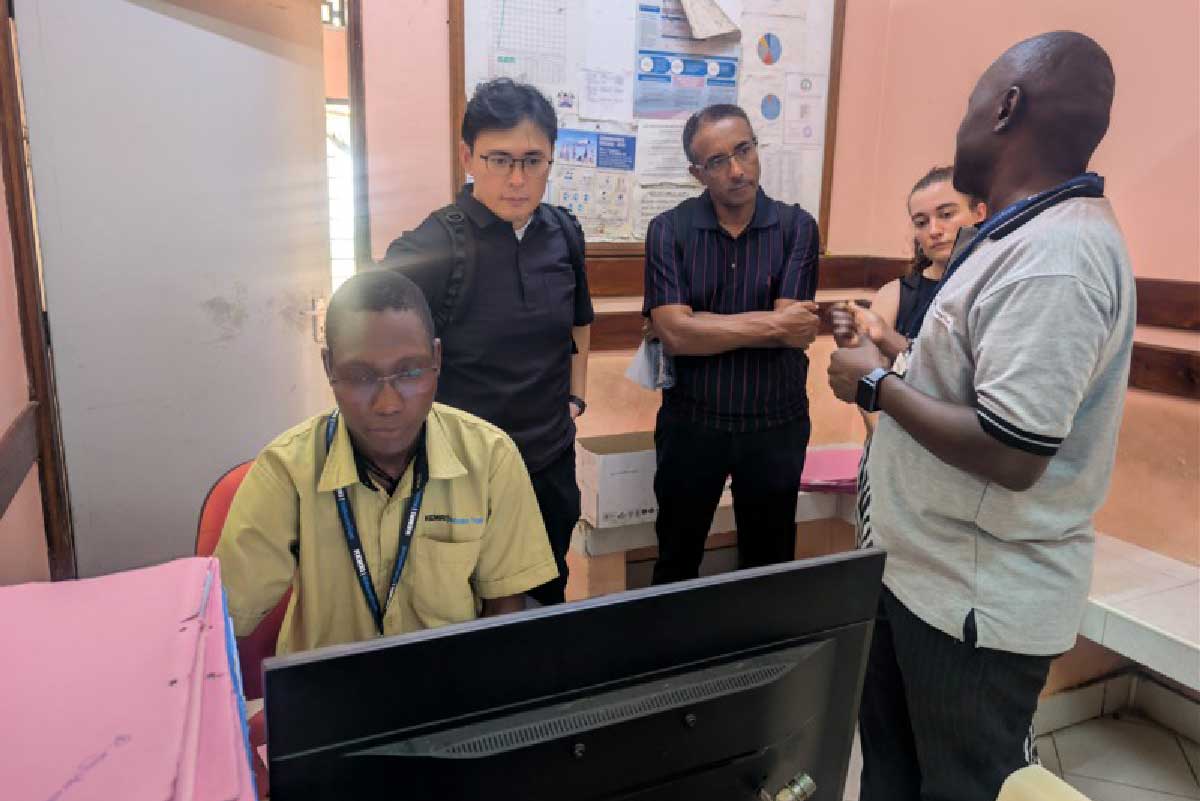How will vaccinating camels boost uptake of COVID-19 vaccines?
Authorities in Kenyan border regions have come up with an innovative way to encourage COVID-19 vaccinations among herder communities: combine it with animal vaccination.
- 5 October 2021
- 4 min read
- by Abjata Khalif

Nomadic herders in northern Kenya are some of the most difficult communities in the country to reach with vaccination. These communities practise pastoralism as a way of life, following water and pasture sources across the Kenya-Ethiopia border, and the health of their livestock herds – camels, goats, cattle and sheep – often comes ahead of human health.
To boost uptake of COVID-19 vaccines, medical authorities in North Kenya have devised a new way of encouraging the community to get the jab: offering both the COVID-19 vaccine and livestock vaccination at the same time, boosting both human and livestock health and contributing to regional food security.
“We are ready to take the COVID-19 vaccine and also have our livestock vaccinated from various diseases,” says Halkano Huka, an elder in Kalacha, Marsabit. “We can cross from Kenya to Ethiopia knowing our communities and livestock are safe.”
“The cross-border communities lead a different way of life and they are often not catered for by the health services of both Kenya and Ethiopia. They are not denied the services per se but they generally prioritise their livestock health. We need to reach these people with the COVID-19 vaccines,” says Hussein Salesa, Programme Coordinator of the Pastoralist Information Network based in Isiolo.
The plan will reach out to 250,000 people who move between the Marsabit, Isiolo and Moyale areas of Kenya and the Borana region of Ethiopia.
The Borana region of Ethiopia is known for the largest livestock market in the Horn of Africa, supplying various markets including the Middle East and Africa.
As well as being a livestock hub, the region is bestowed with natural resources and permanent water sources that provide constant water and pasture to livestock and wild animals.
“The Borana region is the livestock capital of Horn of Africa and it hosts millions of people,” says Salesa. “Giving cross border communities the COVID-19 vaccine before they trek to the Borana region will save lives.”
The programme has so far registered great interest from the cross-border communities, with local elders blessing the vaccination programmes.
Have you read?
“We are ready to take the COVID-19 vaccine and also have our livestock vaccinated from various diseases,” says Halkano Huka, an elder in Kalacha, Marsabit. “We can cross from Kenya to Ethiopia knowing our communities and livestock are safe.”
Selina Gubato from Maikona village adds, “Sometimes we spend over a year before returning to the Kenyan side of the border from Borana, as we search for water and ample pastures. I am excited by this plan to give us COVID-19 vaccines and to also protect our herds from diseases.”
A biting drought is ravaging the northern Kenya region with all watering points drying up and pasture fields cleared, forcing communities to come up with contingency plans, including using hay to feed their livestock herds and making the long trek from Kenya to Ethiopia.
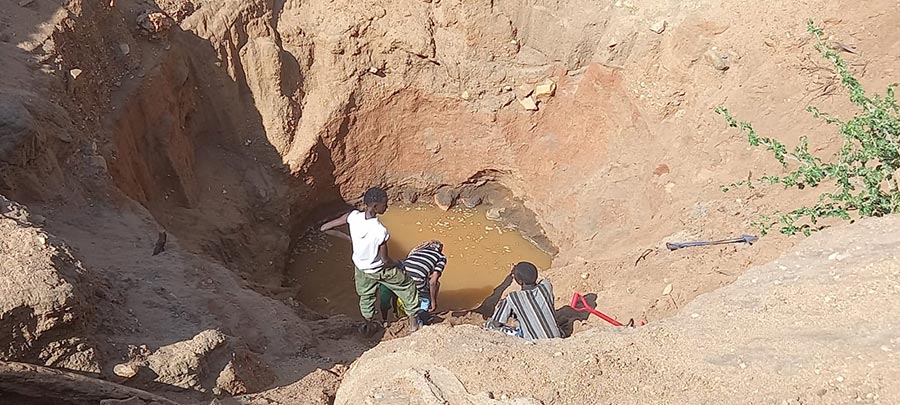
“The drought has caused havoc in Marsabit County and, in previous months, people thought more of salvaging their livestock herds and not of the administration of COVID-19 vaccines. But the plan to combine both COVID-19 vaccines with livestock vaccination will entice the frustrated population. It’s a great plan,” says John Elema, an elder from Bubisa village.
The programme will also enhance cross-border COVID-19 control and containment and further boost livestock trade between communities from both countries.
The programme, spearheaded by local organisations and livestock health authorities, intends to reach 30 villages. A mapping exercise has been completed, with each village selecting their vaccination committees and setting a date for the drive.
“We have finalised the mapping exercise and we know how many people to reach and which village to visit based on the date chosen by the local community vaccination committee,” Abdi Duba, programme officer with Northern Kenya Pastoralist and Livestock Association, explains.
The initiative will offer the communities health education, containment measures, climate education and adaptation strategies.
The education programmes will both help the herders adhere to strict protocols when they reach Borana region as well as helping them to adapt to droughts and famine during the dry season.
